
Origin/Endemic status: Endemic
Synonymy: = Fl6, FNA17, K1, K3, K4, S, Clements, Baskin, & Baskin (1998), Estes (2012), Pennell (1935); = Penstemon australis Small ssp. australis – Bennett (1963); < Penstemon australis Small – C, F, G, RAB, Va, W, WH3
Wetland Indicator Status:
- Atlantic and Gulf Coastal Plain: FACU
- Eastern Mountains and Piedmont: FACU
Heliophily: 7
Hover over a shape, letter, icon, or arrow on the map for definition or see the legend.
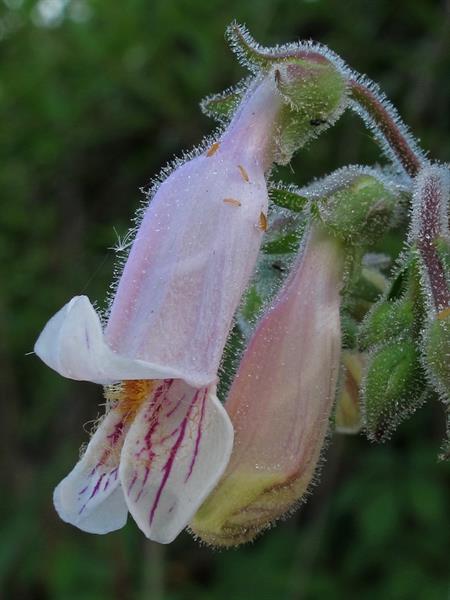 © Alan Cressler: Penstemon australis, Talbot County, Georgia 2 by Alan Cressler source | Original Image ⭷
© Alan Cressler: Penstemon australis, Talbot County, Georgia 2 by Alan Cressler source | Original Image ⭷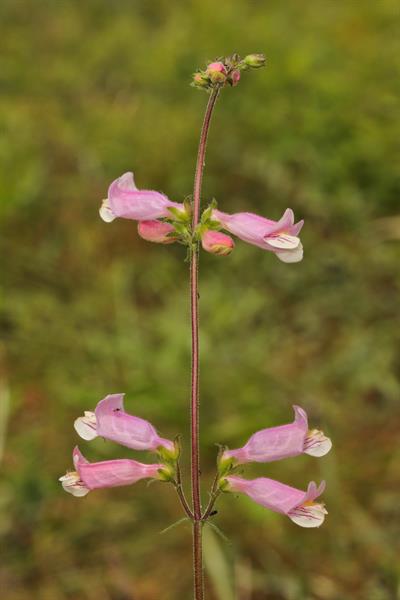 © Alan Cressler: Penstemon australis, Easter Plantation, Brooks County, Georgia 1 by Alan Cressler source | Original Image ⭷
© Alan Cressler: Penstemon australis, Easter Plantation, Brooks County, Georgia 1 by Alan Cressler source | Original Image ⭷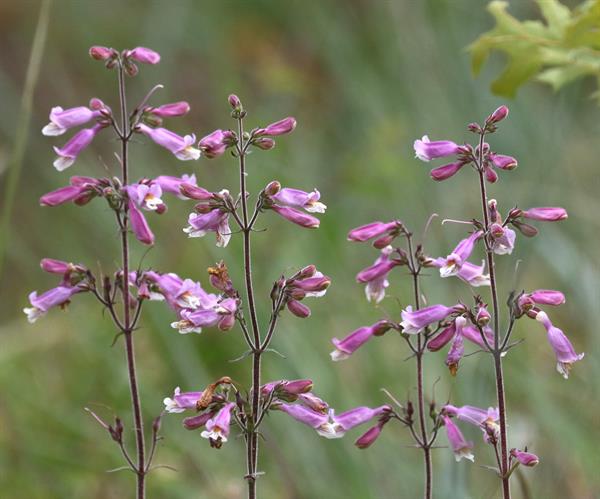 © Will Stuart | Original Image ⭷
© Will Stuart | Original Image ⭷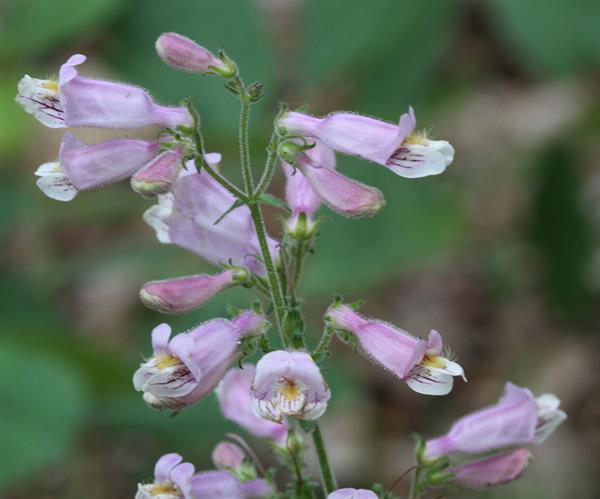 © Will Stuart | Original Image ⭷
© Will Stuart | Original Image ⭷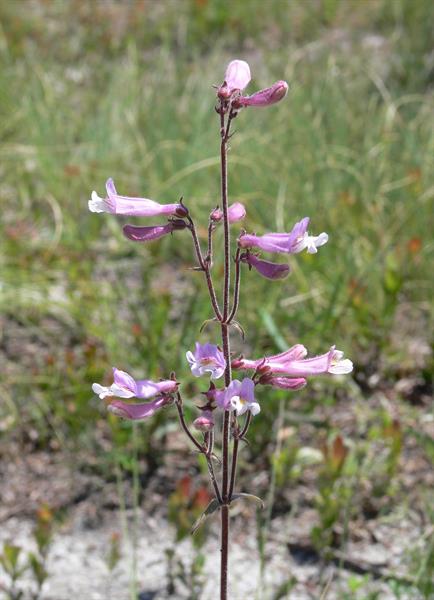 © Bruce A. Sorrie | Original Image ⭷
© Bruce A. Sorrie | Original Image ⭷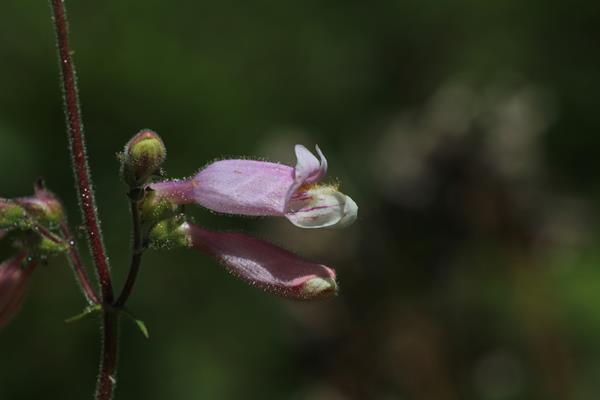 © Scott Ward | Original Image ⭷
© Scott Ward | Original Image ⭷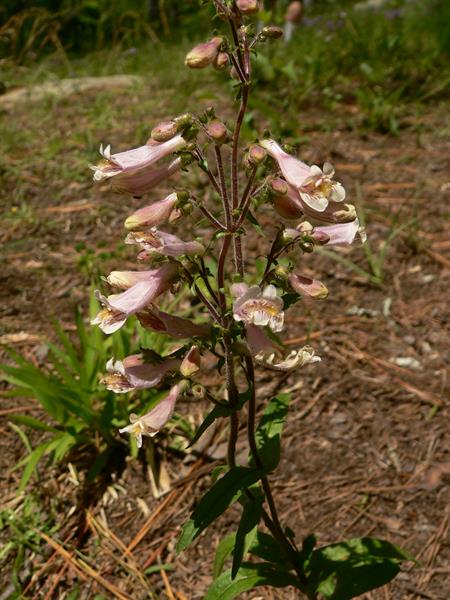 © Richard & Teresa Ware CC-BY-NC, permission granted to NCBG | Original Image ⭷
© Richard & Teresa Ware CC-BY-NC, permission granted to NCBG | Original Image ⭷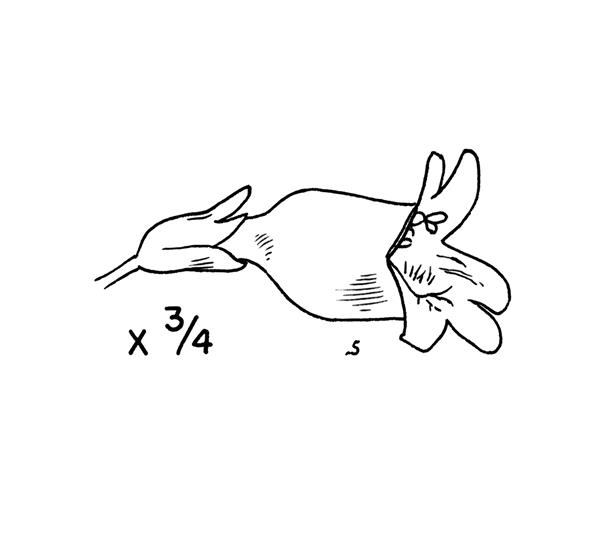 © Radford, Ahles and Bell | Original Image ⭷
© Radford, Ahles and Bell | Original Image ⭷Feedback
See something wrong or missing on about Penstemon australis? Let us know here: (Please include your name and email if at all complicated so we can clarify if needed.)
Cite as...